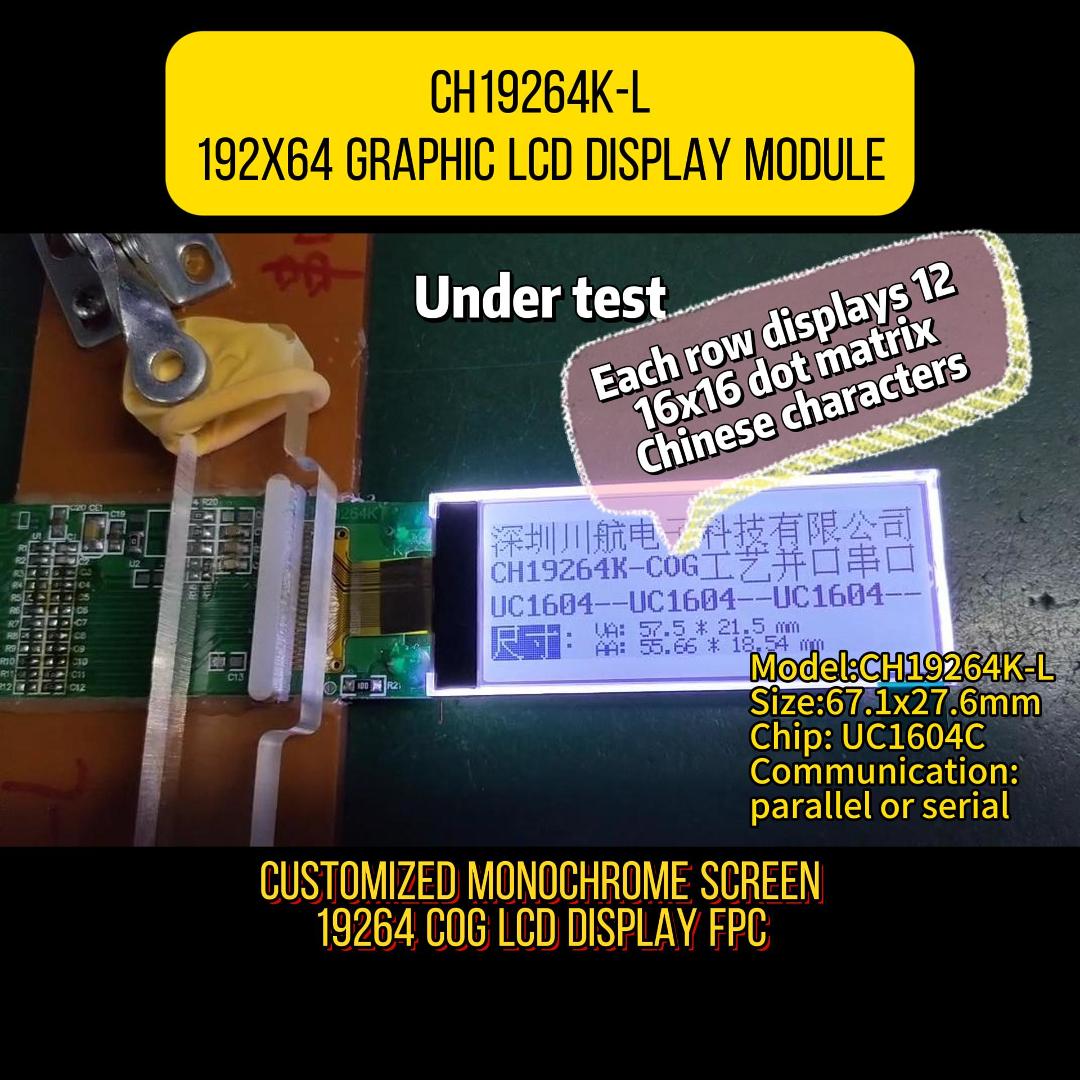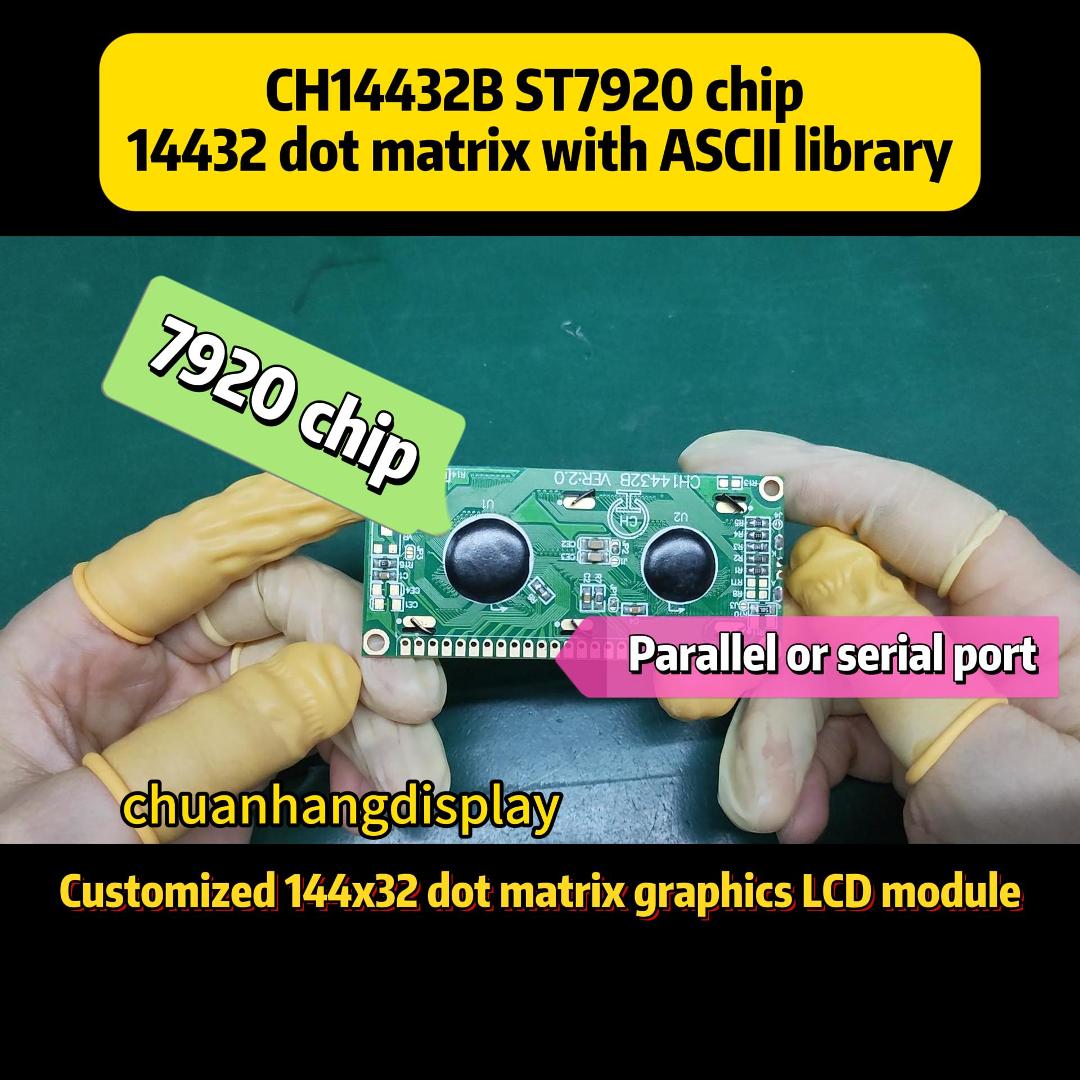If you work in industrial automation, display technology, or electronic signage, you've likely encountered the term "Cog Module." This compact yet powerful component is a cornerstone in modern display solutions, driving everything from intricate control panels to massive digital billboards. But what exactly is a cog module, and why is it so critical? This article will explore the intricacies of the cog module, its benefits, and how brands like Chuanhang Display are leveraging this technology to create superior products. We'll also address common questions and challenges engineers face when integrating this module into their designs.

At its core, a cog module is an integrated circuit board, often built around a specialized microcontroller or FPGA (Field-Programmable Gate Array). It acts as the "brain" of a display system, responsible for receiving data signals, processing them, and translating them into precise commands that control the individual pixels on a screen. The name "cog" aptly describes its function: it's an essential gear in the larger machine of a display, ensuring everything runs smoothly and in sync.
Unlike generic display drivers, a cog module is typically a self-contained unit that includes the controller, memory, power regulation, and communication interfaces. This all-in-one design simplifies the integration process for engineers, allowing them to focus on the overall product design rather than the complexities of low-level display driving. Companies like Chuanhang Display often utilize high-performance cog modules in their TFT LCD and OLED display products to ensure reliability and excellent image quality.
The operation of a cog module can be broken down into a sequence of sophisticated processes. First, it receives image data from a host source, such as a computer's GPU or a media player, via standard interfaces like LVDS, HDMI, or SPI. The module's onboard processor then decompresses and processes this data, often performing critical tasks like color depth enhancement, gamma correction, and dithering to optimize the image for the specific type of display panel it is connected to.
Next, the processed data is stored in the module's frame buffer memory. The cog module then generates the precise timing signals required to scan this data onto the display panel row by row, column by column. This includes controlling the voltage levels for each sub-pixel (red, green, and blue) to create the desired color and luminosity. The accuracy of these timing signals, generated by the cog module, is paramount; even a minor deviation can result in visible artifacts like flickering, ghosting, or color shifts.

The versatility of the cog module makes it indispensable across a wide range of applications. Its ability to handle complex display driving tasks efficiently is leveraged in numerous sectors.
Consumer Electronics: Smartphones, smartwatches, and portable gaming devices use compact cog modules to drive their high-resolution, power-efficient displays.
Industrial Human-Machine Interfaces (HMIs): In factory automation, HMIs require robust and reliable displays that can operate in harsh environments. The cog modules used here are built for durability, wide temperature ranges, and long-term stability.
Medical Equipment: Patient monitors, diagnostic devices, and portable medical tools demand high brightness, exceptional clarity, and flawless performance. A specialized medical-grade cog module ensures there is no room for error.
Digital Signage and Advertising: The vibrant displays in retail stores, airports, and on highways are powered by high-performance cog modules capable of driving large-scale LED or LCD screens with seamless video playback.
Automotive Displays: Modern dashboards, infotainment centers, and rear-seat entertainment systems rely on automotive-qualified cog modules that can withstand extreme temperatures and vibrations.
Brands like Chuanhang Display supply cog module-integrated displays to all these industries, providing tailored solutions that meet specific sector requirements.
Choosing a modern, well-designed cog module offers several significant advantages over designing a display driver system from scratch.
Reduced Development Time: Integrating a pre-built cog module drastically shortens the product development cycle. Engineers can bypass the complex and time-consuming task of designing and validating the display driver circuitry.
Enhanced Performance: Manufacturers like Chuanhang Display use cog modules from leading IC suppliers, which are optimized for high-speed data processing, resulting in smoother animations, faster refresh rates, and superior image quality.
Power Efficiency: Modern cog modules are designed with power-saving features, such as adaptive brightness control and partial display refresh, which are crucial for battery-powered portable devices.
Simplified Supply Chain: Sourcing a single cog module component is far easier than managing the procurement and assembly of dozens of individual ICs, resistors, capacitors, and other supporting components.
Future-Proofing: As display technology evolves, new cog modules with support for higher resolutions and new interfaces become available, making it easier to upgrade products without a complete redesign.
Selecting the appropriate cog module is critical to the success of your product. Several key factors must be considered during the selection process.
Display Compatibility: The module must be compatible with your target display's technology (TFT, OLED, etc.), resolution, and interface (RGB, MIPI DSI, etc.).
Interface with Host: Ensure the cog module has the correct input interface (e.g., LVDS, HDMI, V-by-One) to communicate with your main application processor.
Environmental Specifications: For industrial, automotive, or medical applications, the module must meet specific requirements for operating temperature range, humidity, and resistance to shock/vibration.
Software Support: Check if the supplier provides a software SDK, example code, or configuration tools to simplify the integration and programming of the module.
Supplier Reliability: Partner with established and reputable manufacturers. For instance, Chuanhang Display not only provides displays but also offers technical support for the cog modules they integrate, ensuring a smoother design-in process for their customers.
Even with a well-designed component, engineers can face challenges when working with a cog module. Here are some common issues and their solutions.
Q1: My display has flickering or artifacts. What could be wrong?
A: This is often a timing issue. Double-check the configuration registers of your cog module. The timing parameters (front porch, back porch, sync width) must exactly match the specifications of your display panel. Even a one-clock-cycle discrepancy can cause problems.
Q2: The cog module isn't powering on. How do I troubleshoot?
A: First, verify all power supply rails. A cog module typically requires multiple voltage levels (e.g., 1.8V for the core, 3.3V for I/O). Use a multimeter to ensure each rail is present and stable. Also, check the reset sequence and the enable pin timings described in the datasheet.
Q3: Can I use one cog module design for different display resolutions?
A: Generally, no. A cog module is configured for a specific maximum resolution and pixel clock. Using a display with a higher resolution than the module supports will result in failure. Always select a module rated for your display's native resolution.
Q4: How do I update the firmware on a cog module?
A: Many modern cog modules are flash-based and allow for field updates. This is usually done via a dedicated programming interface (like JTAG) or through the main host interface. Refer to the manufacturer's programming guide for detailed instructions.
Q5: We are experiencing electromagnetic interference (EMI). Could the cog module be the cause?
A: High-speed digital circuits like those inside a cog module can be sources of EMI. Ensure that your PCB design follows best practices: use a solid ground plane, keep high-speed traces short and impedance-matched, and use shielding cans if necessary. The module vendor may also have specific layout guidelines to minimize EMI.
In conclusion, the humble cog module is a deceptively simple component that performs one of the most critical jobs in modern electronics: bringing digital images to life. By understanding its function, benefits, and potential pitfalls, engineers and designers can make informed decisions, leading to more robust and high-performing end products. As display technology continues to advance towards higher resolutions and faster refresh rates, the role of sophisticated cog modules, like those used by Chuanhang Display, will only become more central to innovation.